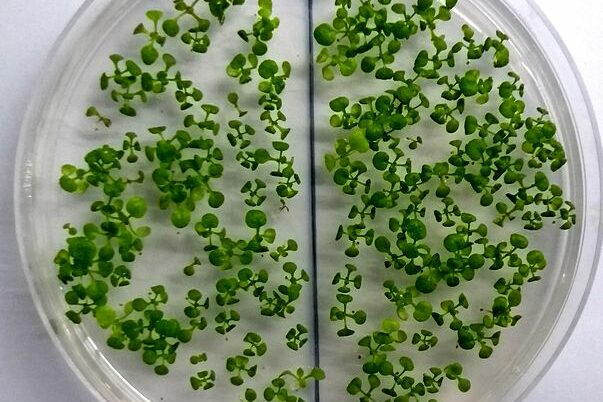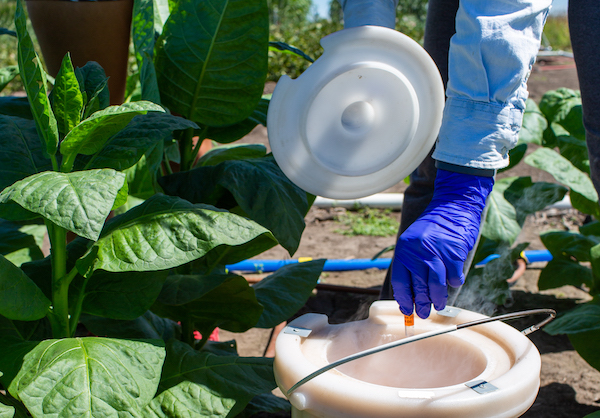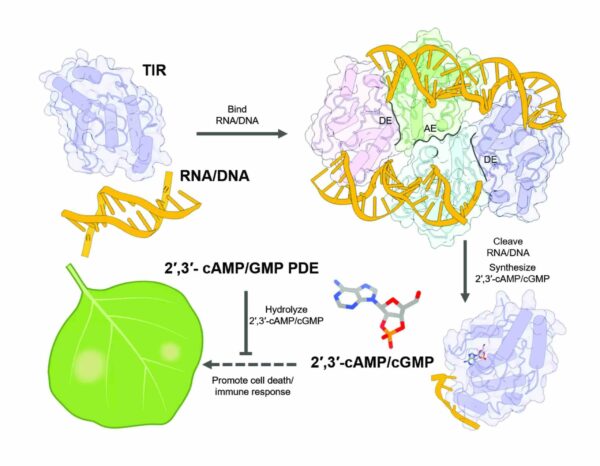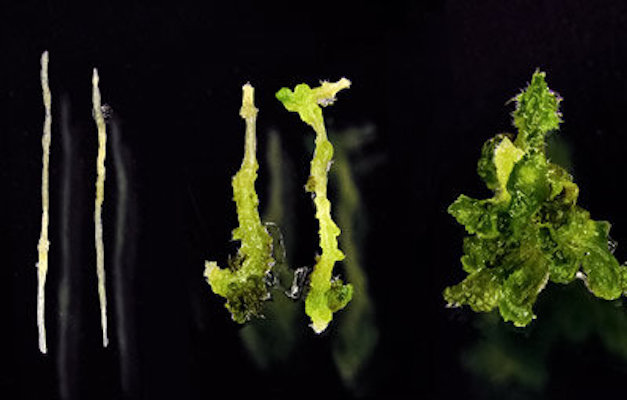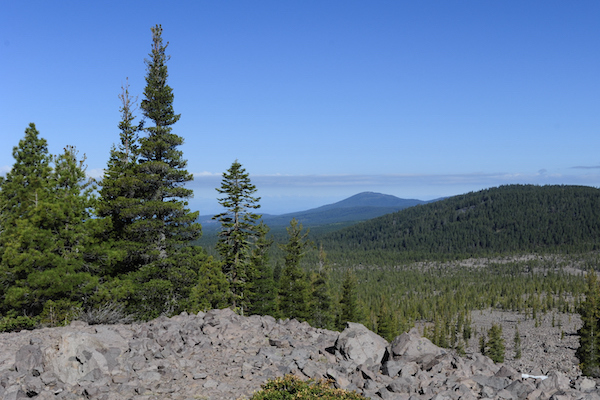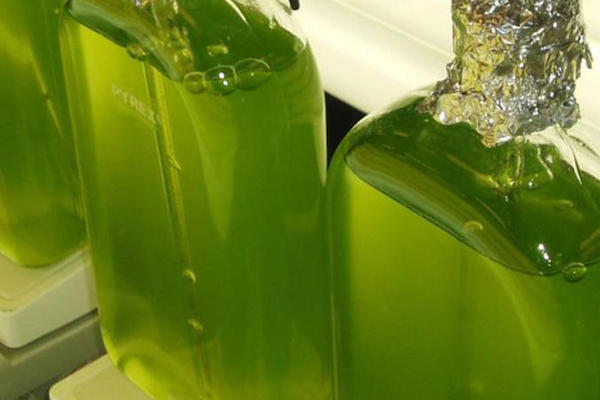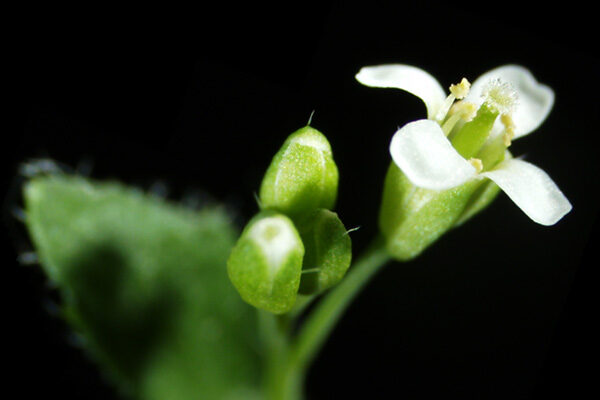
Respiration in plants is a process that consumes sugars (e.g., glucose) and oxygen, produces carbon dioxide (CO2) and water, and releases energy to maintain the primary metabolic and physiological functions during growth. It determines the net carbon gain for plants…
Read More





